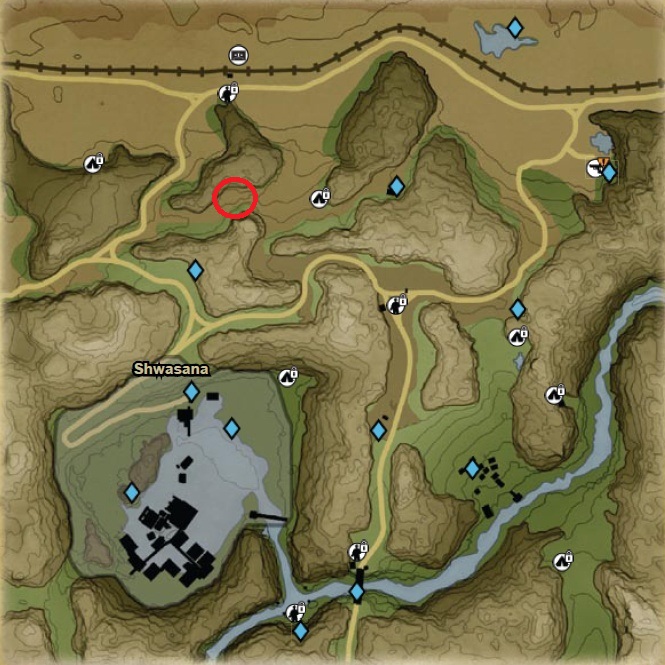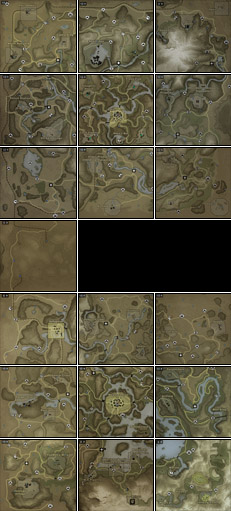

Un-upgraded, the Diamond Back offers great stopping power and a tremendous bullet damage, capable of dropping heavy troops and bots in a single shot. Prior to speed upgrades, the Diamond Back reloads rather slowly, but once adequately invested in, an entire cylinder can be changed within mere moments. The weapon uses a side break action rather than conventional swing-out cylinder for reloading. The Diamond Back uses telescopic ammunition, in which the projectile is completely enveloped in the case by the propellant. This revolver is rather innovative, using a revolving cylinder magazine and a hybrid cartridge system to combine reloading speed with reliability and accommodate multiple ammo types. 357 magnum revolver made by Mustang Arms Ad-Tech Ltd. The decision jeopardises India’s long-term rating of BBB minus, the lowest investment grade rating.The Diamond Back. Standard & Poor’s cut India’s credit rating outlook in April to negative from stable, worried by its fiscal and current account deficits. In the three years before the global financial crisis, India was roaring with growth above 9 percent and ambitions to challenge China as the world’s top emerging economy. More than 200 large state-funded road, port and oil pipeline projects are running behind schedule. Singh on Friday also unveiled a new plan to fast-track delayed infrastructure projects to provide fresh impetus to the economy. Economists were sceptical about the impact of austerity measures announced on Thursday that included some curbs on government spending. The government has been criticised for its piecemeal approach to the economic crisis so far. “We believe policymakers’ decision to continue the bad mix of growth since the credit crisis is at the heart of most of the macro challenges facing the country,” Morgan Stanley economist Chetan Ahya said on Thursday. This has infuriated investors who say a string of policy u-turns by the government and its failure to take aggressive action to narrow its rising trade and budget deficits and encourage more foreign investment are also to blame. Industry officials had initially said it could come as early as Friday.įaced with a barrage of dismal economic data in the past few months, the government’s chief strategy has been to blame the downturn on high global oil prices and the euro zone debt crisis, while insisting that this is a temporary blip and growth prospects are still good. The increase, a reform cheered by investors, is now expected to be partially rolled back within the next few days. The meeting capped a bad week for Singh’s government, which not only had to contend with awful economic news but a national strike on Thursday against a steep petrol price hike. One minister leaving the meeting said the economic situation was not discussed. He held a brief meeting of his economic cabinet on Friday evening, but the only item on the agenda was a proposal to lift a ban on the export of skimmed milk powder. There was fresh evidence of a slowdown in the manufacturing sector, which accounts for nearly 15 percent of the economy, on Friday as India's top automaker Maruti Suzuki MRTI.NS said its car sales in May fell 5.9 percent, dragged down by high fuel costs and an excise tax hike.Īfter the shock GDP data, Prime Minister Manmohan Singh awoke to newspaper editorials accusing him of weak leadership and demanding that he take action to arrest the economic slide. The rupee has also tumbled to record lows this week. The export figures compounded an already gloomy economic picture - GDP data on Thursday showed the economy grew at its slowest pace in nine years in the first three months of 2012. India has been hit by falling demand from its traditional export markets such as the United States, which is struggling to bring down unemployment and Europe, where a sovereign debt crisis tipped many economies back into recession. Indian exports inched up 3.23 percent to $24.5 billion in April from a year earlier after falling in March, data released on Friday confirmed, a far cry from the more than 20 percent growth recorded in recent years. India's growth in January-March was its weakest in nearly a decade, and sparked a new round of economic downgrades from investment banks, with Morgan Stanley cutting India's forecasts for the second time in as many weeks.

A labourer carries a cement bag before loading it onto a truck at a railway goods yard on the outskirts of the western Indian city of Ahmedabad June 1, 2012.


 0 kommentar(er)
0 kommentar(er)
